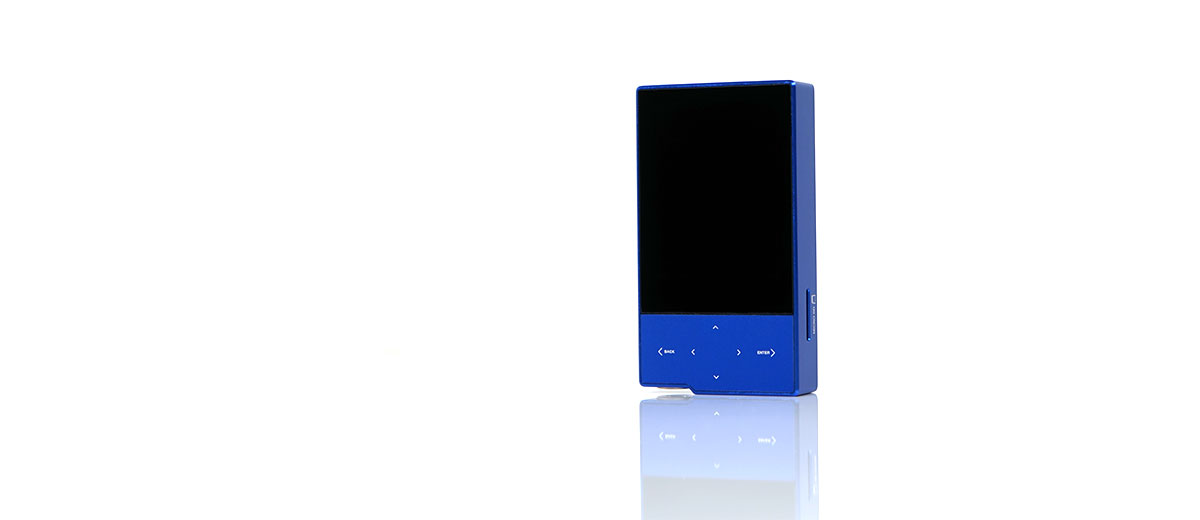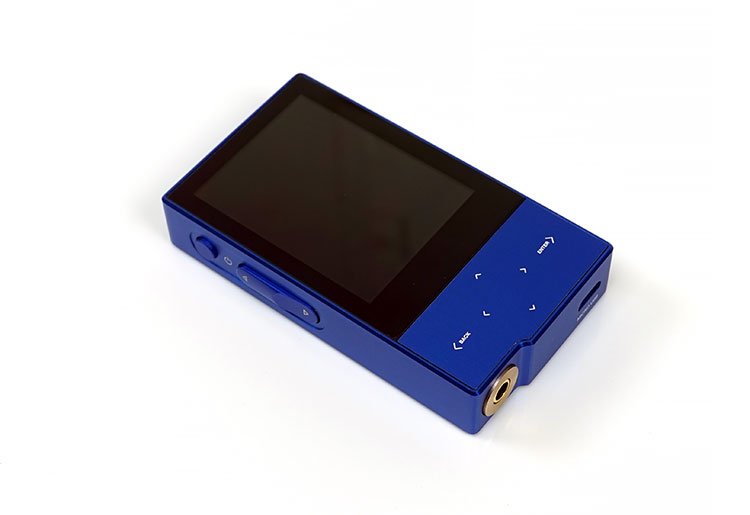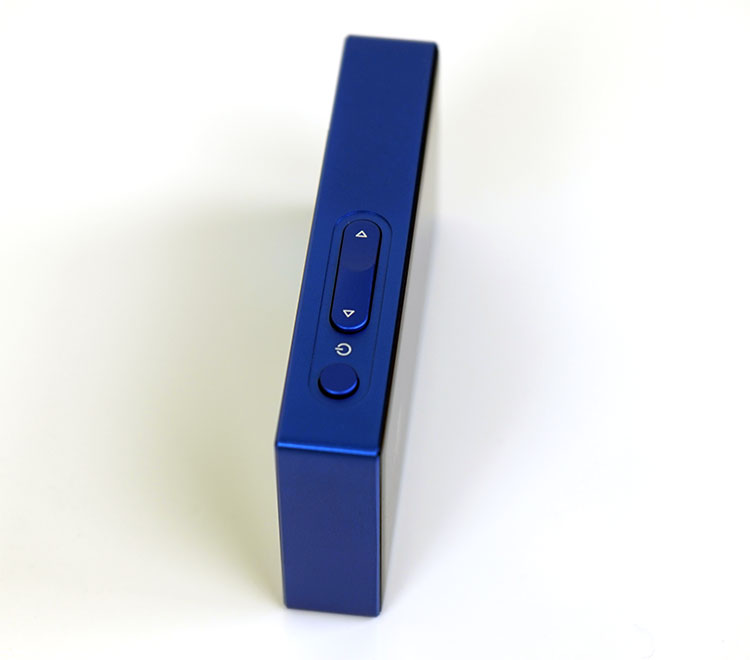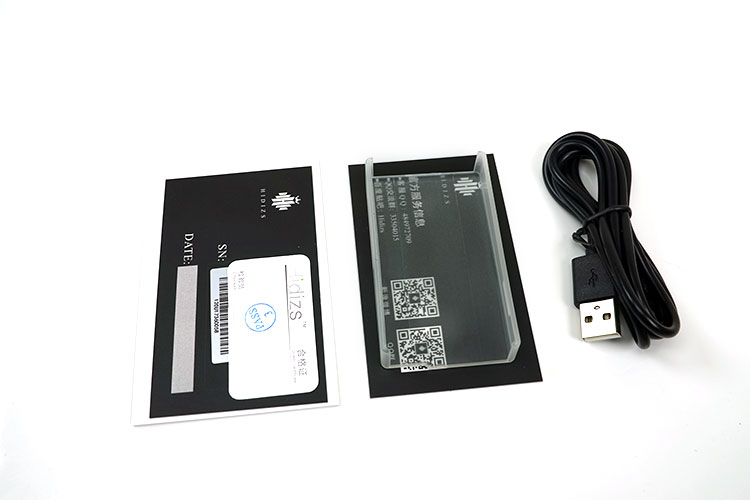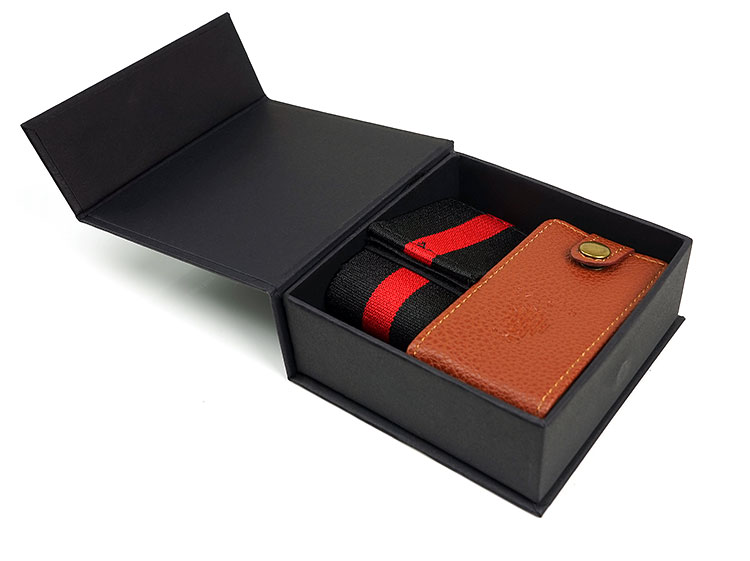The AP60 II is a second-gen entry-level digital media player from Hidizs. It showcases a number of improvements over the original. It is priced at 119.
Disclaimer: The Hidizs AP60 II sent to us are samples in exchange for our honest opinion. We thank the team at Hidizs for giving us this opportunity.
To read more about Hidizs products we reviewed on Headfonics click here. To access their Kickstarter campaign click here
The AP60 II is a second-generation entry-level media player from Hong Kong-based manufacturer, Hidizs. It replaces the original AP60, a DAP we reviewed back in May 2017. You can find the full review here.
In our review of the AP60, we described the AP60 has having a ton of excellent features for the sub $100 price point. Admittedly we felt the sound was a bit too warm and full-blooded to satisfy users given the stiff competition such as the X1 2nd gen from FiiO and excellent DAPs from Sony and Cayin.
There were also some UI and control interface issues that we felt could have been improved also such as the awkward capacitive front-facing buttons. However, as a transport, the tiny form factor was a perfect bed-buddy for some formidable DAC/Amps such as the Chord Mojo and it is in this form that I felt the AP60 proved its value.
Now along comes the AP60 II promising an upgrade on the original plus a fix for some of those issues. At $119 it is a bit of a jump in price so is it now worth its price increase?
What Is The Pitch?
Legacy Features
The AP60 II repeats a lot of the original AP 60 pitch such as being a cheap entry-level layer that can cover a wide range of function and features we tend to associate with more expensive players. Functions such as aptX Bi-directional Bluetooth, DSD native decoding, USB-DAC, and OTG capabilities. The AP60 II is designed as a relative risk-free first-time upgrade or entry into this mad hobby of ours.
This player is not designed to compete with the likes of the Android-powered DAP’s and it has no Wifi capability. Instead, it is a physical control based DAP much in the same vein as Cayin’s N3 and FiiO’s X1 2nd gen. Consider it a pure music player built for ultra-portability.
New Features
So what is new? On paper, quite a lot actually. Gone is the cheap plastic build and in comes a brand new aluminum chassis on par with their flagship AP200. Also, HiBy Link Bluetooth functionality is available out of the box. This is a very popular streaming type app that uses BT to tap into other sources such as smartphones as well as provide a remote control for the AP60 II.
Also, the screen has been upgraded from TFT HD to IPS HD. Gone are the capacitive front panel keys to be replaced by mechanical or physical keys. The last upgrade Hidizs are pitching is a superior OS workflow to the new AP60 II that they feel will make this player much easier to use.
Build
Form Factor
The AP60 II now has a one-piece CNC machined aluminum body compared to the first gens hard plastic chassis. It makes a world of difference. The AP60 II is far more solid and robust and definitely more premium than before. This is the same finish as the AP200 and the same lower panel stepped design as its bigger sibling. You could call it a mini-me of sorts from the top down because it is still very tiny indeed.
Like the AP200 you can also buy the AP60 II in a range of colors. I actually much prefer the second generation colors though to be fair blue would not have been my first choice for a review shoot. The complete range of colors includes black, blue, gold, gray, pink, and silver. My preference from the pictures would be on the grey, gold or silver, however, I can see a few old-schoolers plump for black.
Dimensions
Surprisingly, Hidizs has not supplied the weight of the AP60 II in their spec sheet. The previous AP60 was around 50g which is nothing in DAP weights these days. The CNC body will add some minor additional weight but I would say this is less than 75g and still much lighter than the X1 2nd gen and the N3 from Cayin.
Looking at the volumetric size there does seem to be some additional length at 5mm extra over the original AP60. Comparing measurements the AP60 II is now 75mm x 42mm x 14mm. Width and height remain unchanged between first and second-generation builds.
Screen
The AP60 II still uses a non-touch screen but it is a quality upgrade on the older TFT HD screen on the first gen. The dimensions have not changed, it is still 320×240 so it does not have a huge amount of screen real estate to work with.
However, the anti-aliasing is better, the fonts are clearer, the color saturation has more pop, and the viewing angle has been much improved. It is now competitive with the Cayin N3 and the dimensions perhaps more useful also than the N3. It is also light years better than the ragged display quality of the X1 2nd Gen Linux fonts.
Physical Controls
Oh my goodness, what an entirely new and pleasurable experience the mechanical or click-based interface is compared to the capacitive buttons of the first gen AP60. It is not just the old school click system that is better, the layout is also much more intuitive and easier to work with. FYI, the power and volume buttons on the left panel remain unchanged from the gen 1 model.
Better Labeling
Before it was a little fiddly in terms of understanding what everything did with its icon-based approach. Sure the arrows were logical enough but what to do with the 3 lines in the top left and back arrow on the right? Those are now gone.
Instead, you have a very ‘captain obvious’ additional back and enter labeled set of arrows outside of the front panel directional keypad. The pick up on what those mean is much easier to the uninitiated to get up to speed on how to work the UI.
Physical Click
The capacitive buttons will not be missed. They were too inaccurate, often having a life of its own and missing whatever it was you intended to choose or scroll to. The 4PCS physical buttons bring an assuredness to my lazy thumb movement.
Memory Capacity
The AP60 II does not come with any onboard memory, that is no real surprise since the first gen had no onboard memory either. None of the leading contenders use onboard memory for their entry level DAPs such as FiiO and Cayin.
The AP60 II comes with a single microSD slot housed on the lower right panel. There is no spec that states maximum file sizing this time around. It could well be your 400Gb cards work this time but I do not carry cards that size. Physical cards can either be in FAT or exFAT format.
Expansion Options
You do have other options though to further expand the memory via OTG (usually recommended 2TB) and if using a smartphone in BT mode you can tap into its memory. This may be a further 256GB on a microSD and 128Gb onboard max using the AP60’s bi-directional transmission capability That is a possible 2.640TB of accessible memory for the AP60 with BT, onboard and OTG all working in tandem.
Battery Life
Battery life is consistent with the original AP60 and I rate it as quite good actually for its size. This is a small 1000mAh LiCoO2 Battery, smaller than most mobile phone batteries these days. You get 10-12 hours depending on your usage pattern and the resolution of the tracks you are playing. Battery levels on competing devices are similar on the N3 and X1 2nd gen at up to 12 hours and they are packing larger batteries so the AP60 II remains competitive.
Usage Scenarios
Bear in mind these numbers are all best case scenarios with low-res files and screen off. The more button mashing, higher voltage or decoding requirements with the screen on, the more the 10-12 hour rating will drop.
During regular usage scenarios, FLAC files with average navigation usage and screen set to dim after 15 seconds got me similar levels of the AP60 first gen, perhaps marginally less but very close to 10 hours.
Inputs & Outputs
The AP60 II inputs and outputs remain unchanged from the first generation. There are two ports and all housed on the bottom panel. To the far left is the nicely finished gold-plated 3.5mm stereo jack port and to the right is the micro-USB port. The USB port has a quad-functionality for USB-DAC out, data transfer, charging and OTG
The AP60 II still does not offer a fixed or variable line out via the 3.5mm jack unlike the N3 and X1 2nd Gen. If you got out from the .35mm jack you will be double amping. Some won’t mind that, others will feel it is not worthwhile picking up the additional noise from the AP60 II weaker amp into their superior external amp. In this case, I do advise just going OTG instead if you can.
Accessories & Packaging
The packaging is actually fairly similar though the accessory load is a little lighter this time around. Perhaps the CNC aluminum body and IPS screen knocked out the budget a little but this time no additional earphones in a faux leather pouch. The earphones were ok but I don’t miss them to be fair.
Instead, you now get a small silicone back cover which I think is a bit more useful as the previous edition came with no protective cover at all. I would still highly recommend you spend a few extra bucks and pick up the optional flip case which also comes with an armband strap for jogging and stuff I know nothing about like the gym.
It is a lovely little accessory package for around $12, which is peanuts and does a very nice job both in terms of protection for the AP60 and all -round aesthetics. They also come in numerous colors to match your DAP including, brown, black and blue.
Aside from the silicone case the AP60 II now comes with a screen protector semi applied to the front and back. You simply peel off the top layer and it is fully protected. Small but thoughtful touch which is being done by the likes of FiiO and Cayin also. You also receive your warranty card, a small manual, and a USB cable which acts as both a data transfer and charging cable.
Page 2: Hardware & Software Impressions

